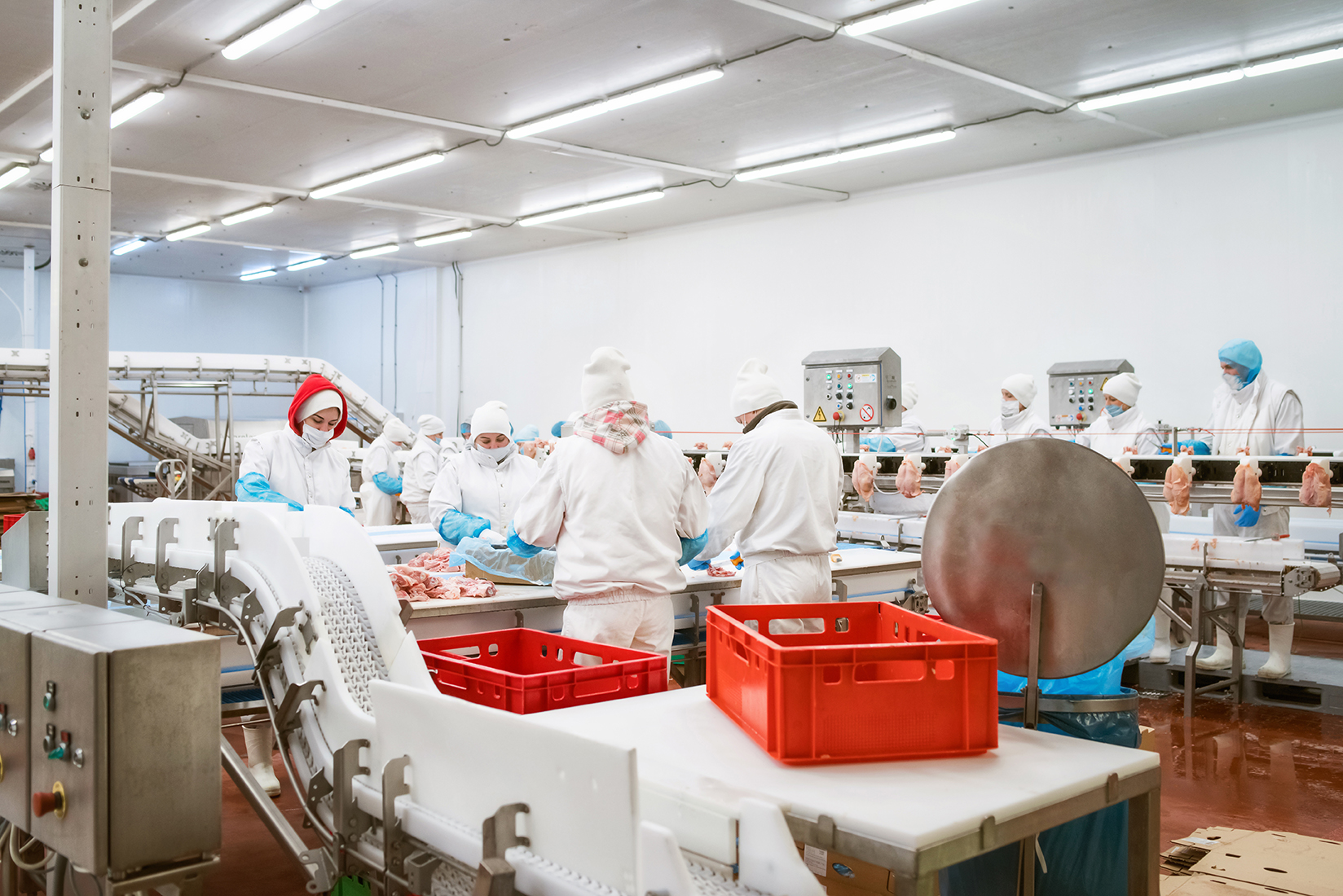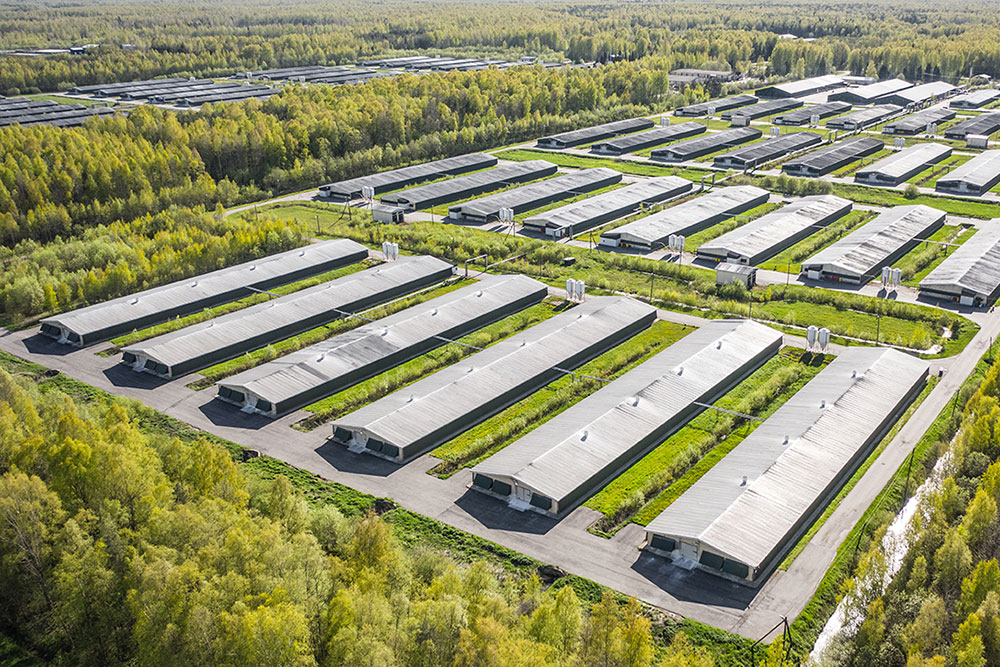Regardless of what type of food you make, bacteria in food production is the biggest concern for any food facility. Bacterias like salmonella, e. Coli and Listeria can form rapidly if given the right environment. Listeria is one in particular that you want to avoid at all costs. Less common than others like salmonella and e. Coli, Listeria is the most deadly. Preventing these bacteria from forming is essential. Once they take root, they can be difficult to kill.
Maintaining a clean and sanitary facility is the most effective way to prevent bacteria. It is important to remember that some areas are more prone to bacterial contamination than others–like the five listed below. Taking the right steps to keep these areas clean will help reduce the risk of bacteria.
1. FLOORS
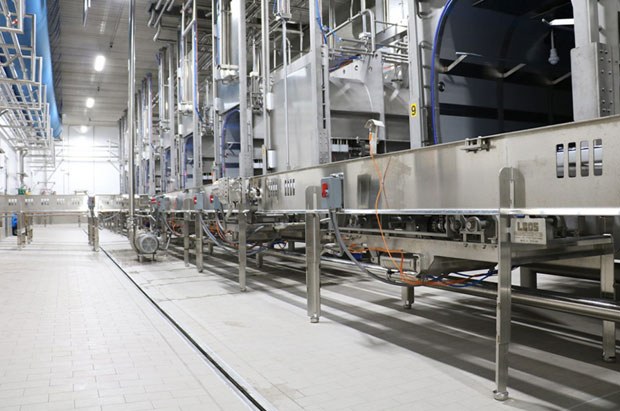
The floors of a food processing facility see everything–which makes them a hotspot for bacteria growth. A significant reason for this is that when workers enter the production zone without going through a changing room or hygiene sluice, they carry outside bacteria on their shoes. With daily movement in the facility, bacteria can get lifted into the air and move throughout the facility, spreading contamination in its wake. It is essential to have a separate area for employees to wash their hands and put on a uniform before entering the production zone.
A facility's floors are also constantly wet, and the longer they remain so, the bigger the risk for bacteria growth. Many bacterias, like Listeria, need wet environments to grow, making wet floors and surfaces the most susceptible. Sloping the floors towards a drain will ensure there are no standing fluids, which will help floors dry faster.
2. DRAINS
No facility is complete without a drainage system, which is vital to maintaining a clean and sanitary facility. Drains eliminate standing water and move it to the appropriate outlets. A drain system ensures floors can dry faster, minimizing bacteria growth and slip hazards.
That doesn't mean that drains can't pose a problem at times, becoming another significant source of bacteria in food production. Preventing your drains from becoming an issue is a matter of choosing the right system. The ideal drain system will use a nonporous, hygienic material, be easy to clean and maintain, and be highly durable.
3. EQUIPMENT
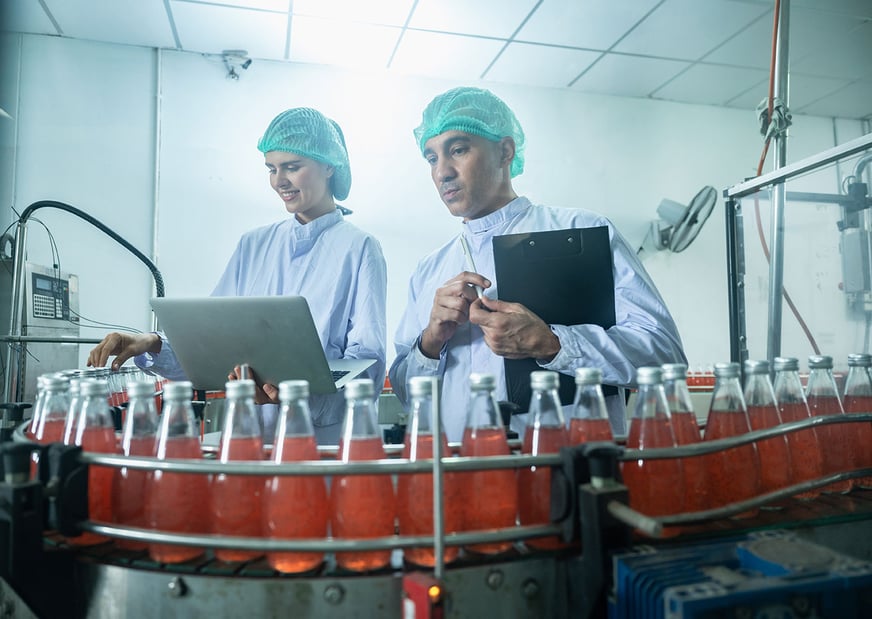
A facility's equipment has many parts, making it easy for debris to become stuck, and allowing bacteria to take root. Clean-in-place systems can help eliminate bacteria, you also have to consider the materials processed on the equipment.
Rough, textured surfaces on the equipment also make bacteria more difficult to remove, as it will cling to a rough surface. It requires manual scrubbing, adding to the workload of your employees. If there are cracks or crevices in the equipment, it is another issue; water and food debris can also become stuck, also leading to mold and bacteria.
Having seamless equipment made of hygienic materials is critical. You also want to avoid standing water from collecting on or around all equipment, maintaining a two-meter perimeter for safety and sanitation purposes.
4. FREEZING/COOLING SYSTEMS
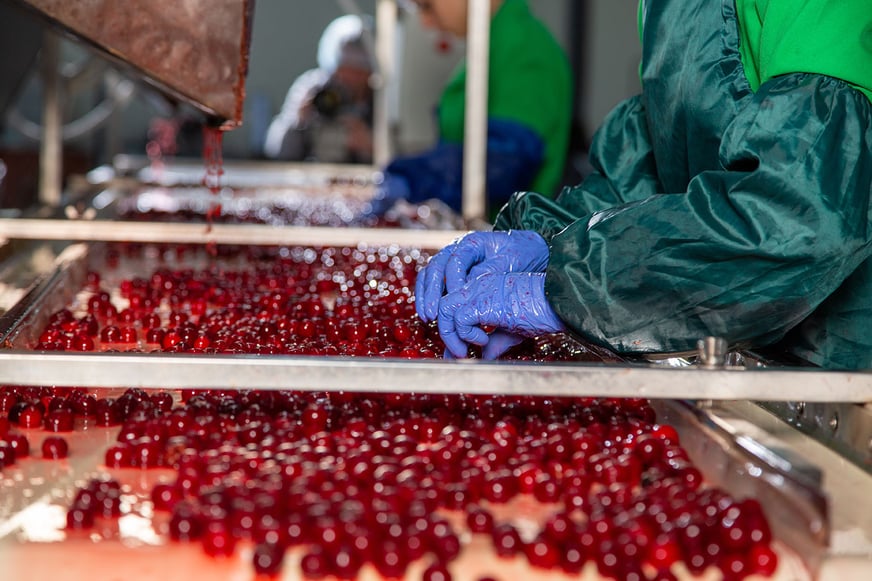
Bacteria grows in wet areas, and most can't survive in cold environments. Listeria is one of the exceptions since it can thrive in cold, wet places like freezing and cooling systems. It attaches itself to the evaporation plates that help circulate cold air throughout the room–effectively ensuring that it spreads throughout the area.
Standing water, dirt, and grime are constant issues with evaporation plates, also increasing the risk of bacteria. It is critical to keep these parts clean and sanitized to prevent issues. You may also want to consider using specially designed cleaning agents to ensure cleanliness.
5. AIR HANDLING SYSTEMS
Air handling systems are another specific piece of equipment that may have evaporation plates, which help adjust air temperatures in the room. With air handling systems, you also have to be concerned about water buildup from the condensation produced by the system. This combination of factors makes air handling systems an ideal place for bacteria in food production facilities.
After manually cleaning the system, request a boroscope inspection or perform one yourself to check for water buildup. Doing this after every cleaning will help ensure that bacteria do not have a breeding ground within the system.
PREVENTING BACTERIA GROWTH WITH SLOT DRAIN
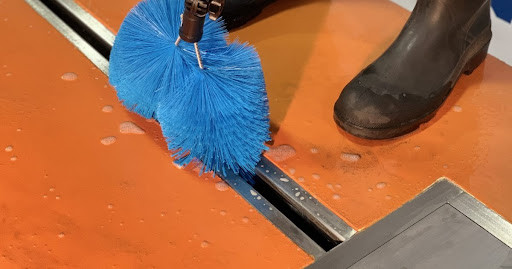
Prevention of bacteria in food production facilities starts, in many ways, in the drainage system. Drainage systems help prevent standing water, which is one of the biggest culprits of things like insect infestations, mold, and, of course, bacteria.
The Slot Drain from FoodSafe Drains is a system designed with food processing facilities in mind. Their industrial-strength 10,000 Series system is made with NSF-certified T304 or T316 stainless steel and features a niche-free, radius edge design that prevents bacteria from becoming trapped. Aside from the design, the system also features a heavy-duty load class rating, making it tough enough to handle even the heaviest of traffic within the facility.
The slim channel opening eliminates the need for heavy, bacteria-holding drain covers and ensures the system is easy to clean without affecting the flow rates. Additional clean-in-place capabilities allow for a more automated cleaning and sanitation process, giving workers more time to do other tasks.
PREVENTING BACTERIA IN FOOD PRODUCTION
Cleaning and proper sanitation are two essential steps in preventing bacteria growth, but you must eliminate standing water. There is no denying standing water is the most significant danger for food processing facilities. It can lead to many issues, the worst being bacteria growth, which can cause severe health and safety issues. The best tool for this job is the Slot Drain from FoodSafe Drains, which will ensure you maintain a safe, sanitary facility.
